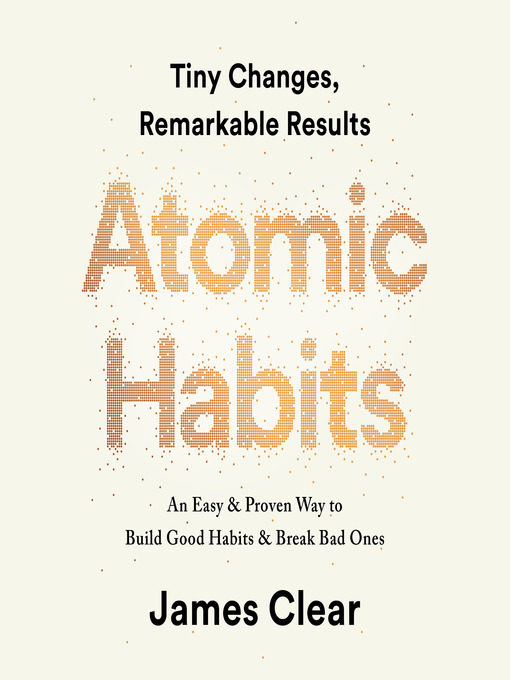Podcast: Play in new window | Download
Why are questions such powerful tools for persuasion? They are the principal means of achieving and properly applying all four pillars of Practical Eloquence. Do you remember what they are? They are outside-in thinking, content is king, preparation, and being your best self.
Outside-in thinking requires you to understand what the other person is thinking and feeling, and that means you may have to ask a lot of questions because we overestimate our ability to read others. I’ve heard that veterinarians are the best physicians, because they can’t ask their patients where it hurts. Imagine diagnosing someone without asking questions! Yet, that’s what we do all the time when we give advice or try to persuade others. (I know, I did it last night when speaking with Mackenzie about her and Matthew’s dilemma about whether to move to California.)
The second part of OIT is that the other person should also feel it, or sense that you are at least trying to use it, the old “They don’t care how much you know until they know how much you care.” How better to show someone you care than by taking an active interest in them? A couple of years ago, I had dinner with an old friend I hadn’t seen since high school. After an excruciating hour in which he told me all about himself and his family, and never once asked a single question about me or my family, I knew immediately why I hadn’t seen him since high school—and another 40 years will be too soon. You know exactly what I mean, but ask yourself if you just may be guilty of the same thing yourself.
Second, content is king, and questions are essential for getting the answers you need to ensure that you have the right content. Contrary to what most people think, most of the world’s content is not stored in google-accessible databases—most of the knowledge that you need to succeed in the world is locked inside the minds of the people you live with, socialize with, and work with on a daily basis. Questions are the most important technology we have to tap into those crucial unique personal databases.
And questions go beyond simply extracting knowledge; the best ones create knowledge by getting others to think about issues in ways they have not before. The answers may be in our heads the entire time, but we may not know it until someone asks the questions that spark the necessary connections and combinations. The Socratic method is the oldest and best-known form of this, and closer to today’s time, Toyota’s 5-whys forces us to drill deeper into an issue to get at root causes.
Questions are also the building blocks of pillar three, preparation. Proper preparation and planning starts with situation analysis, which requires you to take inventory of everything you know or don’t know that’s relevant to your situation. Questions are all about resolving DKs and by methodically asking them we will probably encounter (DK)²s as well. If we have a mental template of required information, we’ll need questions to fill in the blanks.
Finally, questions help you be your best self by letting the other person see that you genuinely care about them, and you don’t arrogantly assume you know it all.
So, if questions are so powerful, why don’t we ask enough of them?
First, we’re too self-focused, more worried about what we want to achieve in the conversation than about helping the other person realize how our proposal helps them. We’re also too impatient, and in our rush to get our point across we may not realize that it did not stick in the other person’s mind. Some of us are reluctant to ask questions because we’re afraid of looking dumb. Finally, despite our best intentions, we may be simply unprepared to ask the best possible questions.
To become a better questioner, you must first be aware of your own questioning frequency and practices. What percentage of time do you actually talk during most conversations? Are you truly taking an interest in the other person? Do you probe to get a deeper understanding of where they’re coming from? Next, cultivate two attitudes of humility and curiosity. Remind yourself going into the conversation, that you don’t know it all, and strive to get beneath the surface of what the other person is thinking and why they’re thinking that way.
In subsequent podcasts, I will address specific questioning techniques and methods that apply in various persuasive communication situations.






